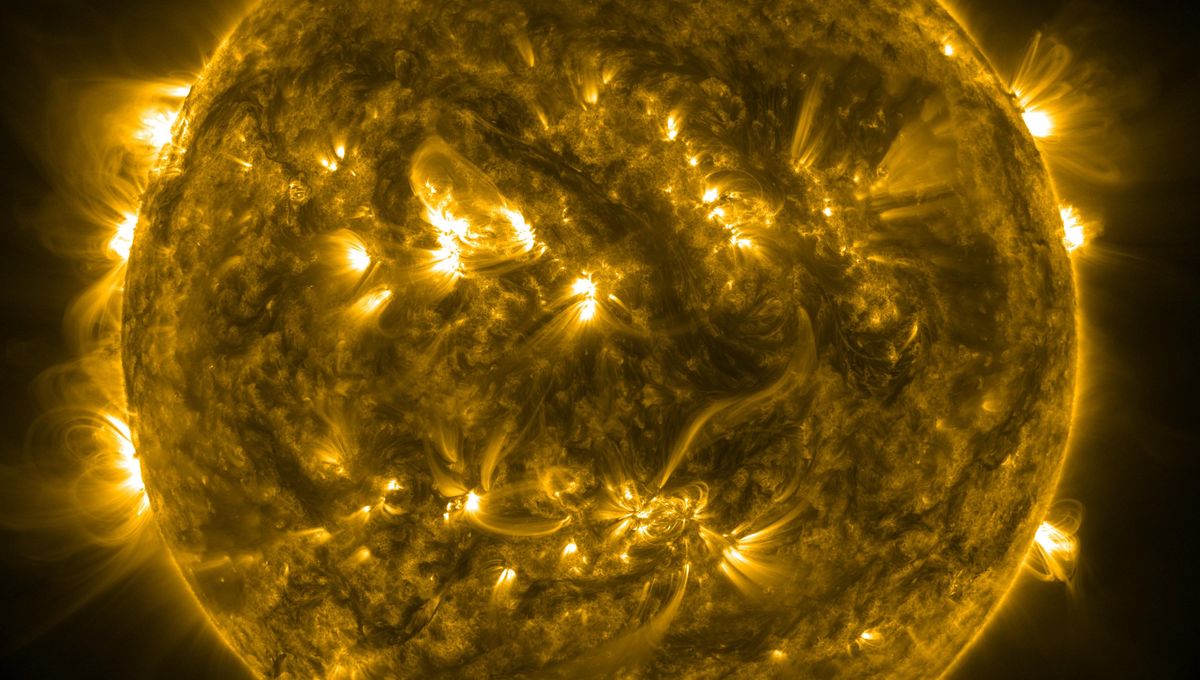
There is a lot about the Sun that we do not understand and even things that we do have a good idea of can surprise us. Chief among them is the solar cycle. Our star goes through cycles of activity of roughly 11 years, but how active the cycle gets at its maximum or when the maximum takes place is not known exactly in advance.
Predictions can be made as solar activity affects satellites. During the maximum, solar flares are also more likely and more powerful. But it seems that for the current cycle – Cycle 25 – scientists were a bit too conservative in predicting the level of activity and when the maximum was going to take place. Official predictions balancing the consensus of different models initially placed the maximum at around July 2025. Now, it is believed that it will happen between January and October of next year.
The original prediction was put forward in 2019 when the Sun was at its minimum. The new one is based on how the Sun has been behaving ever since; Cycle 25 has been very different from Cycle 24, which was a lot quieter than the historic average in terms of activity.
“We expect that our new experimental forecast will be much more accurate than the 2019 panel prediction and, unlike previous solar cycle predictions, it will be continuously updated on a monthly basis as new sunspot observations become available,” Mark Miesch, the Solar Cycle lead at NOAA’s Space Weather Prediction Center, said in a statement. “It’s a pretty significant change.”
Interestingly, some scientists had predicted an earlier, higher peak by studying the behavior of the terminator event. This has nothing to do with Arnold Schwarzenegger but with the Hale cycle, the 22-year magnetic activity cycle that happens in the Sun. The magnetic field of the Sun flips during each solar cycle – doing so twice (two solar cycles) completes a Hale cycle.
The reversal happens around a solar maximum, but there is an interesting magnetic feature that can be tracked. Magnetic donuts form at around 55 degrees of latitude and they move towards the equator, where they cancel each other out. This is the terminator event. In a paper, researchers worked out that tracking the terminator event also tells something about the next solar maximum.
“The bonus of the new paper is something we’ve been watching for some time and that’s the ability, post-terminator, to project when the Sun’s magnetic poles reverse – which happens about solar activity maximum. At the time of submission/acceptance, we were looking at about 12-18 months to the maximum, we’re now likely under 12 months,” lead author Dr Scott McIntosh, deputy director of the National Center for Atmospheric Research, told IFLScience back in April.
The solar maximum is almost upon us, so expect more solar flares and auroral events over the coming months.
Source Link: The Solar Maximum Is Hurtling Toward Us Faster Than Official Predictions Had Thought